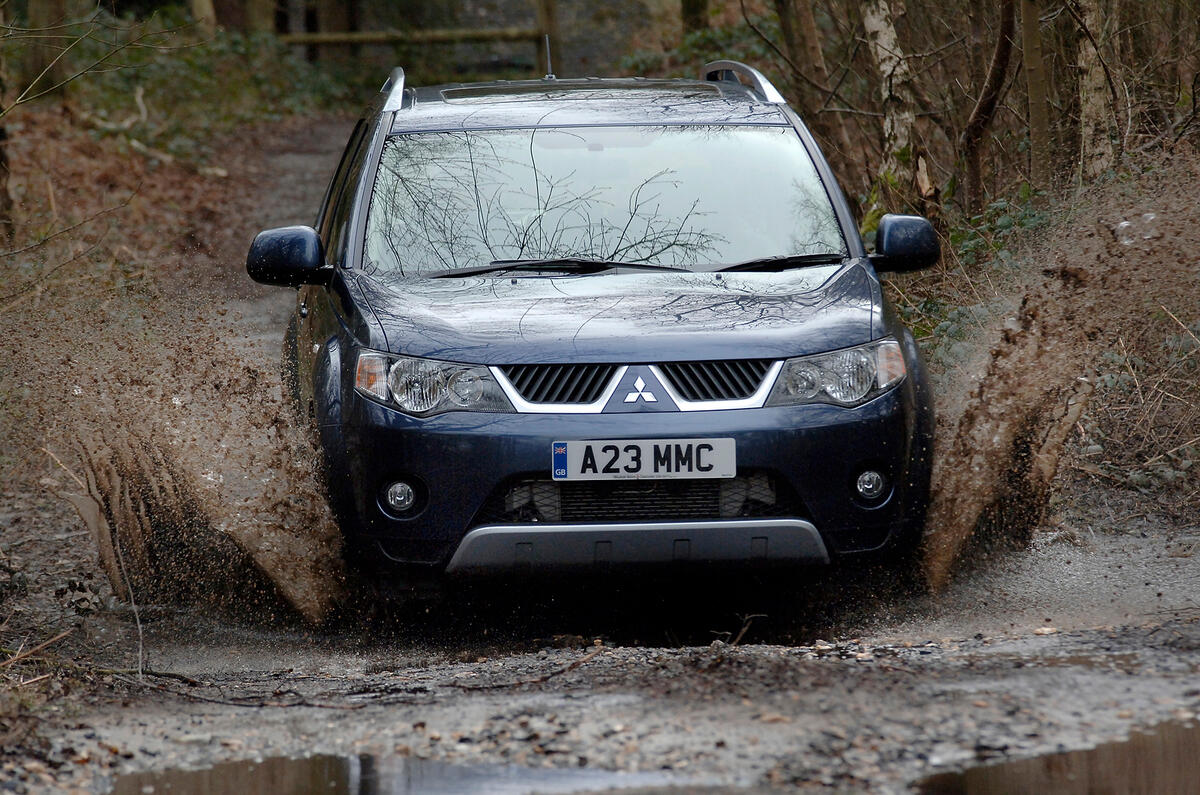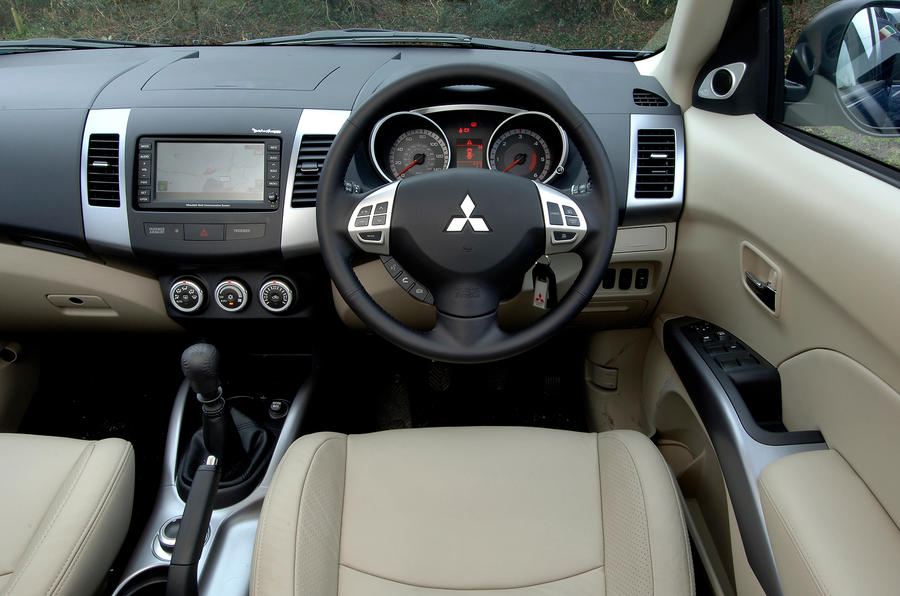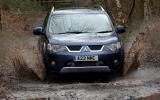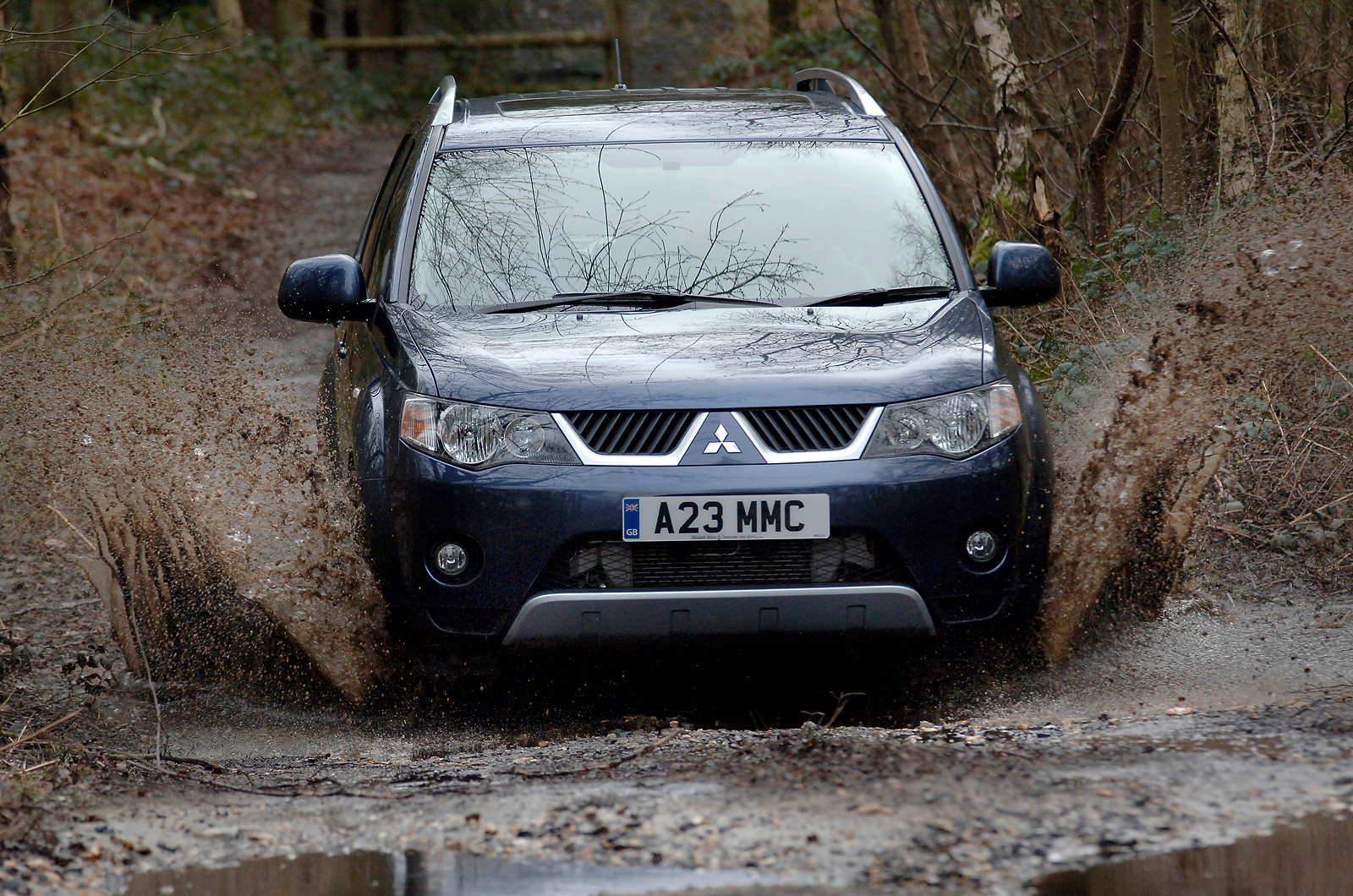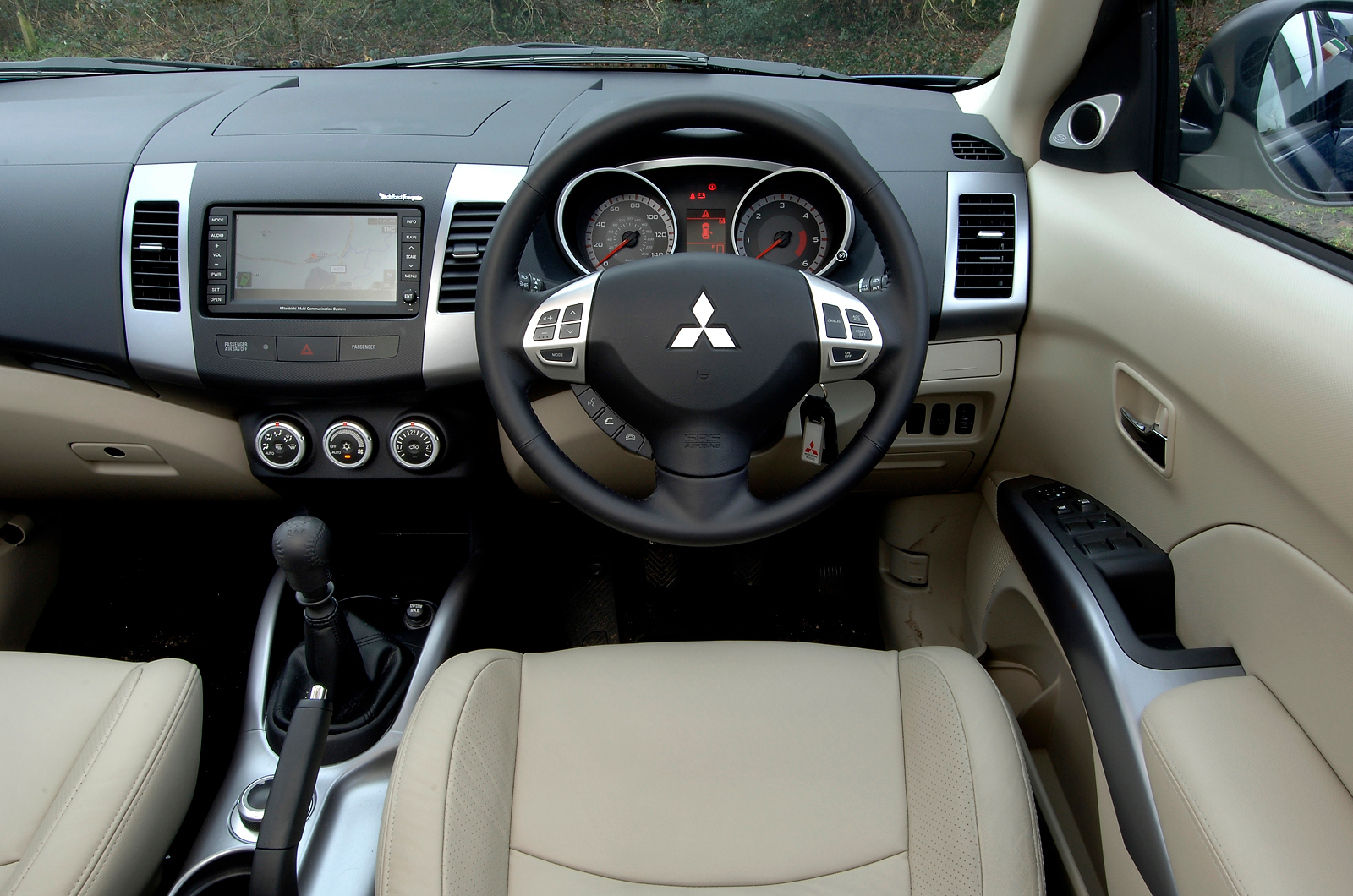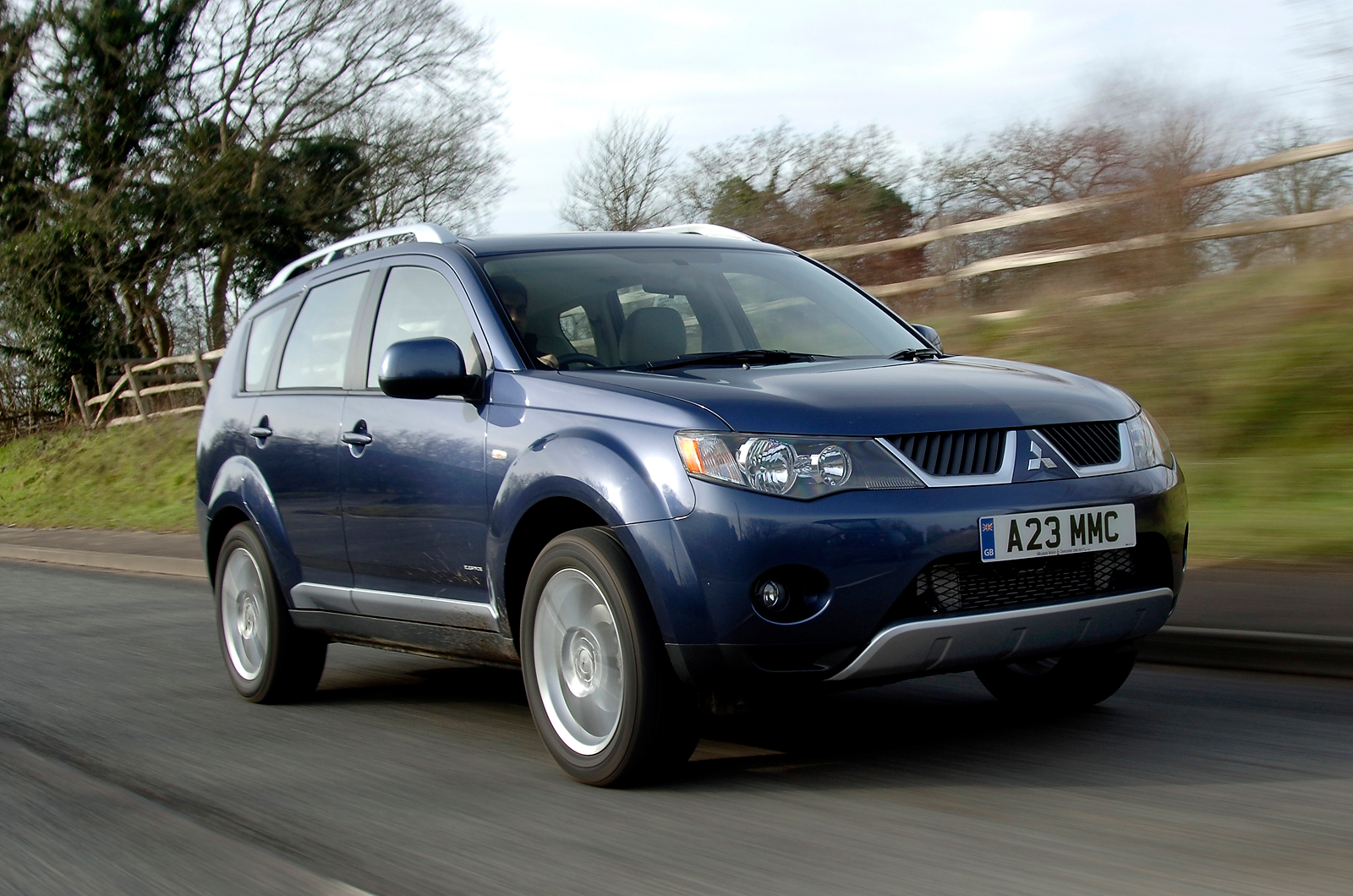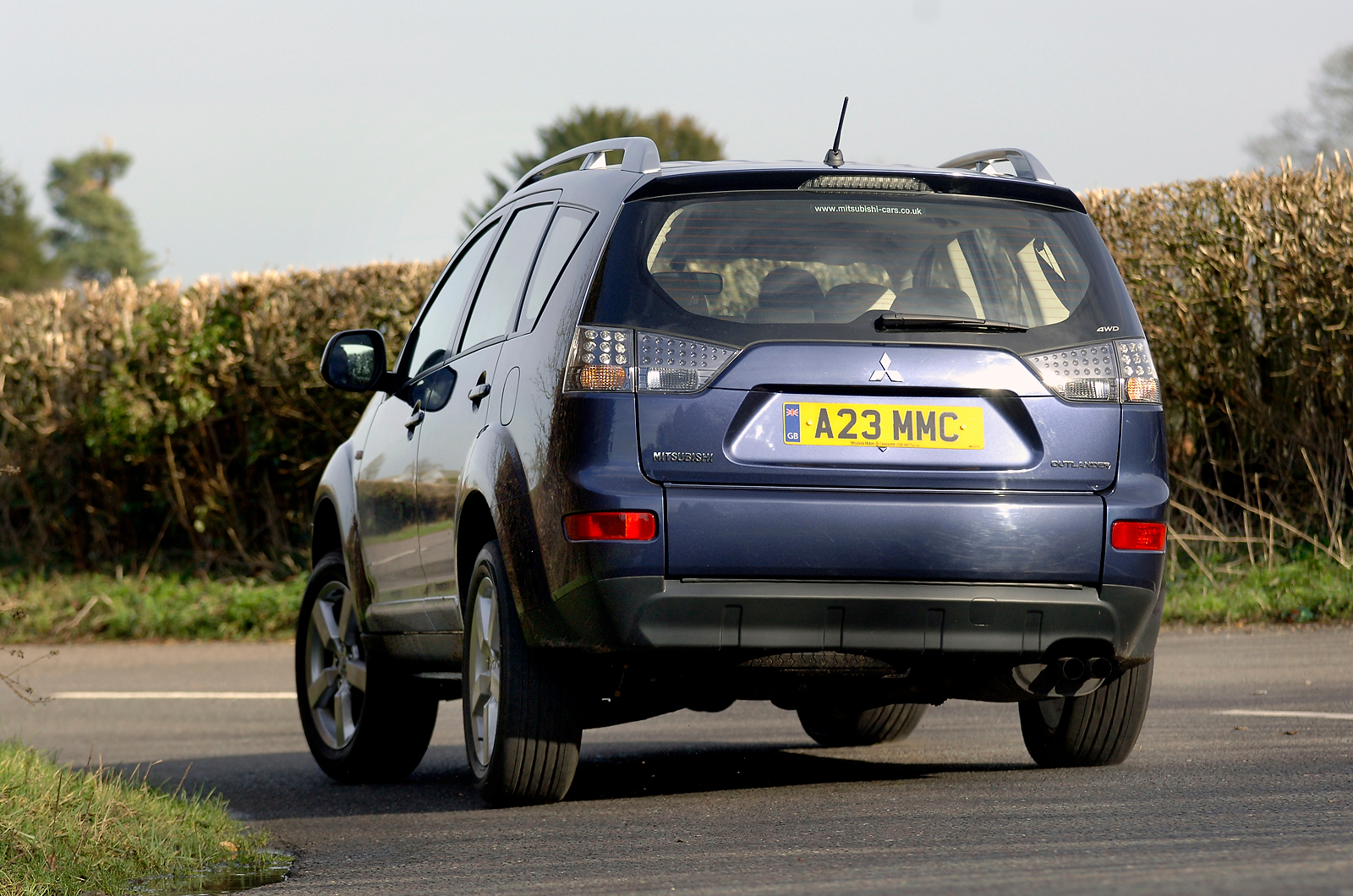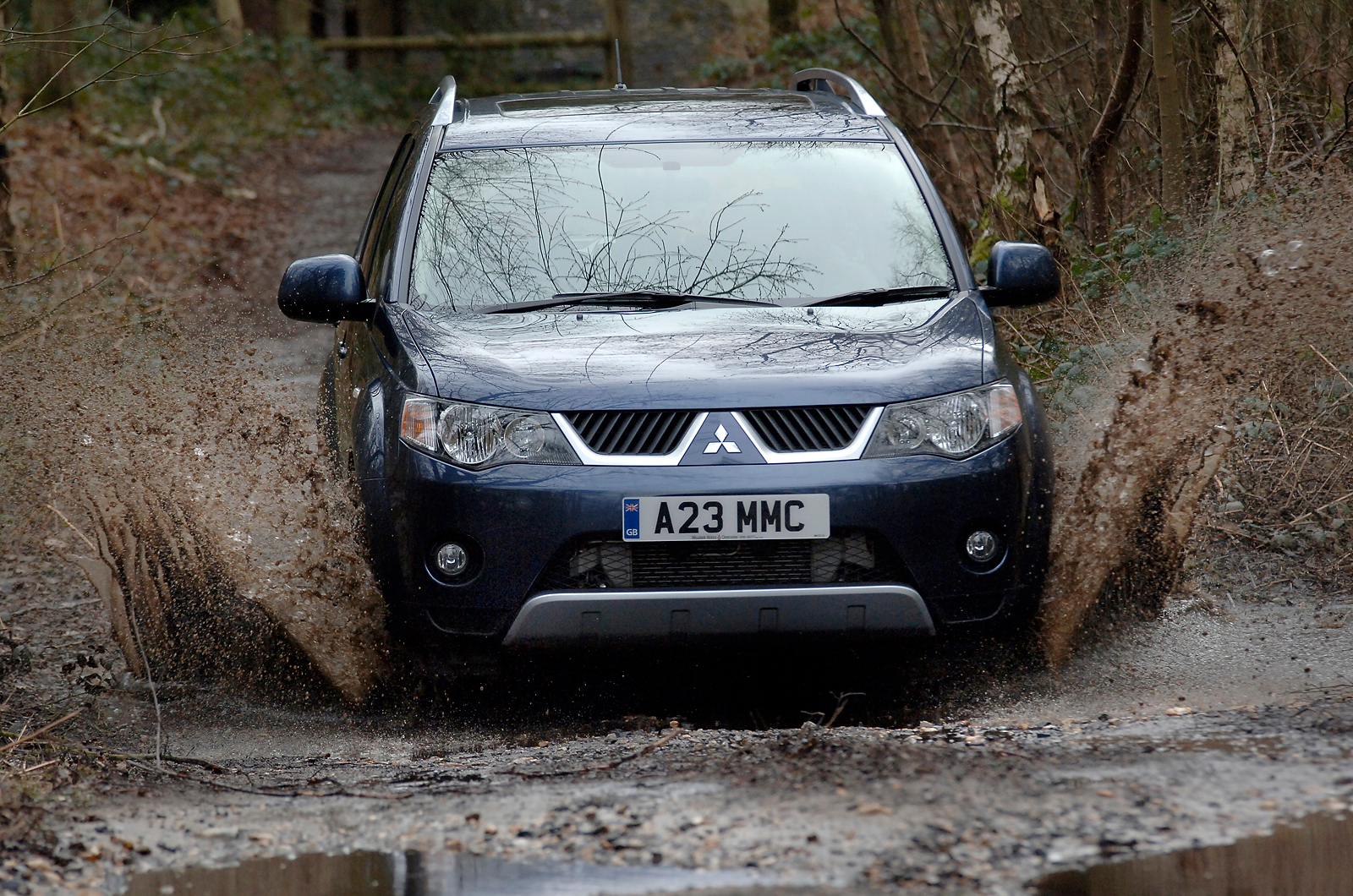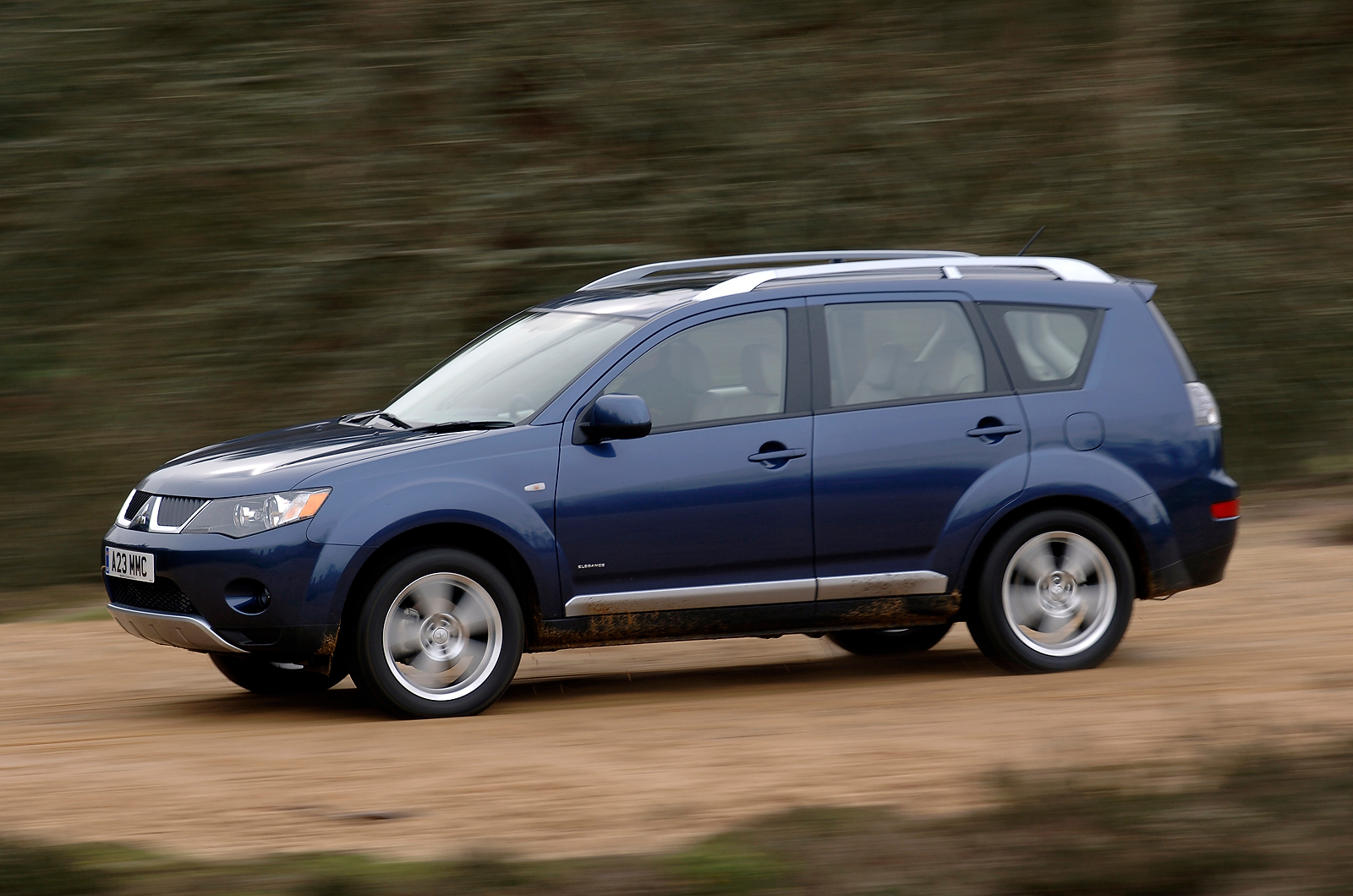The first-generation Mitsubishi Outlander, introduced in 2001, failed to capture the imagination of the enthusiast or the UK buyer, but the second-generation 4x4 has proved to be more relevant since it first went on sale back in 2007.
This Mitsubishi has tapped into the search for a guilt-free SUV that has all the looks, drama and interest of an off-roader, but without the thirst and weight. No surprise, then, that the second-generation Outlander has proved more popular than the car it replaced.
Mitsubishi has geared the second-generation Outlander more for on- than off-road use and based it on the same platform as the Lancer, instead of using of its traditional off-roader chassis.
The Peugeot 4007 and Citroën C-Crosser SUVs are also based on Outlander architecture, thanks to PSA’s joint venture with Mitsubishi. In the same way that the Suzuki SX-4 spawned the Fiat Sedici, Peugeot and Citroën’s versions of this car are little more than re-badged, re-nosed Outlanders.
This version of the Outlander is in its final year on sale before it is replaced by the third iteration of the 4x4, which was unveiled at the 2012 Geneva motor show.
Unlike this current car, which was built in Holland for most of its lifespan, the new Outlander will not be built in Europe following Mitsubishi’s decision to end production at its Dutch factory due to falling production volumes.



